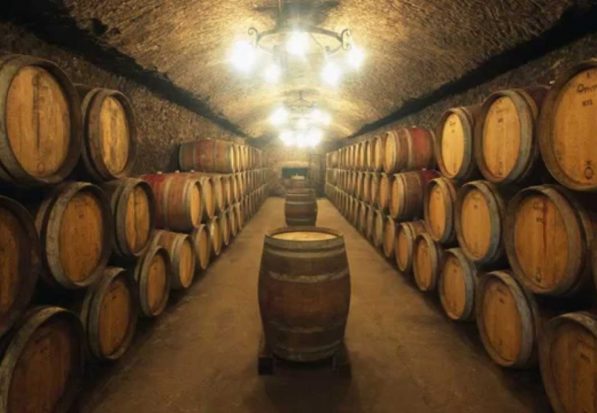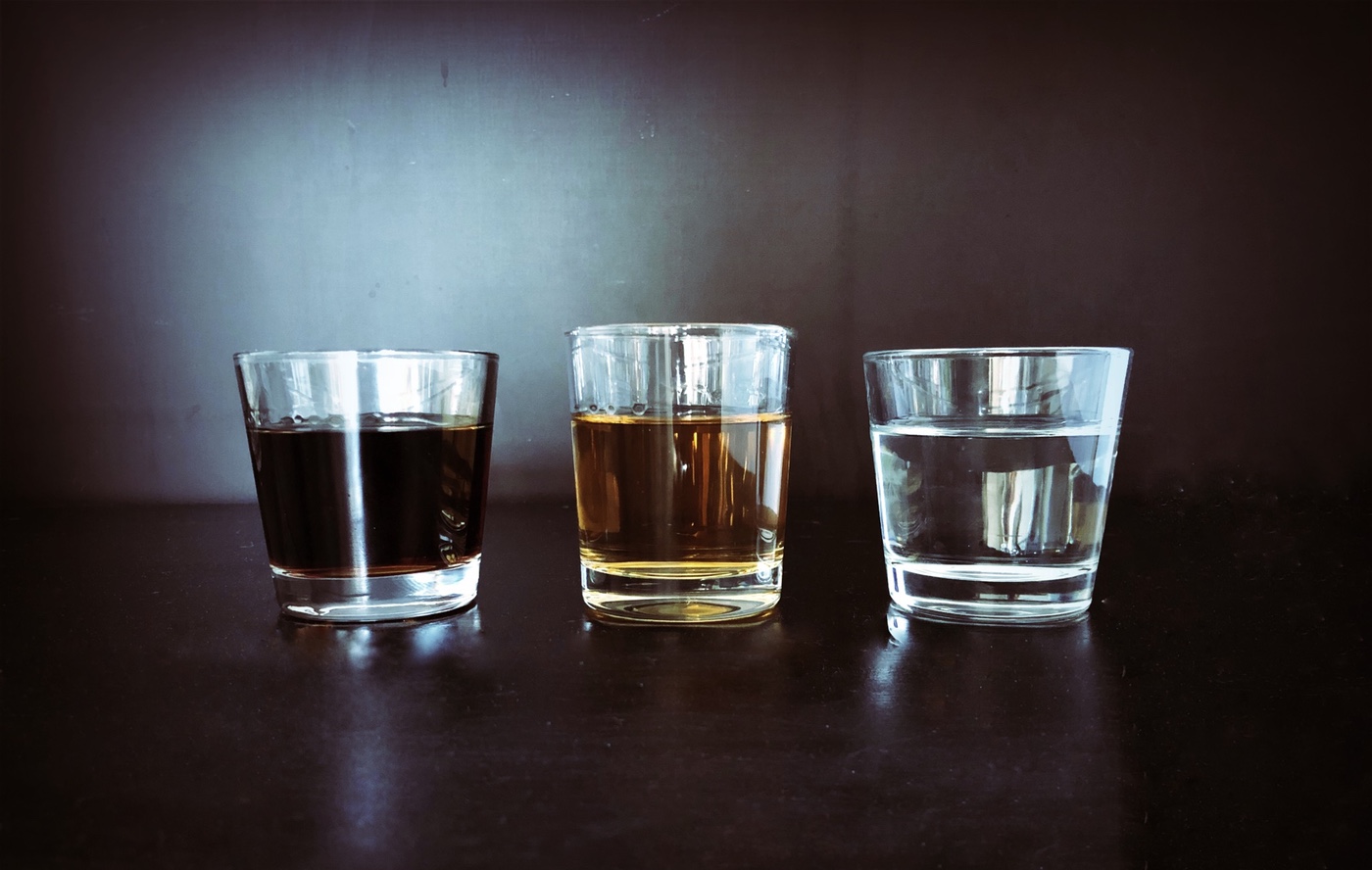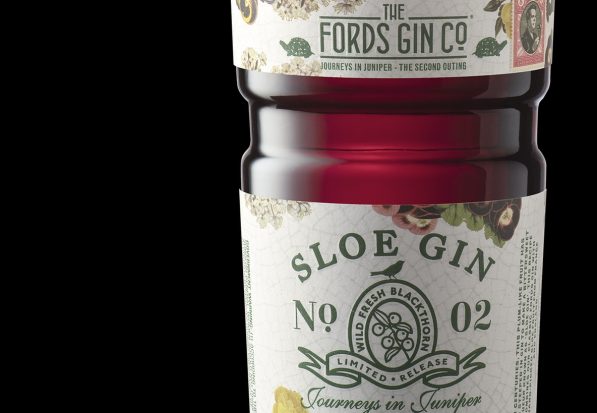Rum could be best described as the Cinderella of spirits. Relegated to the back behind her far flasher step-sisters – Gin, Bourbon and Tequila, Rum has been the unnoticed beauty. But with the help of fairy godfather advocates like Ian Burrell, slowly drinkers and bartenders are bringing Rum back into the spotlight.
If you look carefully, you will relate that there is a lot more to Rum than you first think. There is a diversity to the spirit which ranges from light and dry to dark and rich.
With new releases of rums that are every bit as complex as whiskey, it seems like everyone suddenly remembered that rum is delicious.
So as you celebrate World Rum Day today, it’s the perfect time to discuss 10 things about Rum that you may not know …
1. There are no rules
Unlike whiskey and other spirits, there is no real standard for grading, ageing or labelling Rum. It is made around the world and each individual producer country tends to have their own standards — meaning that any spirit that starts with some form of sugarcane can be called rum. This results in an incredibly diverse spirit that can be clear or very dark, spiced, or aged.
2. It’s a global phenomenon
While most of the worlds Rum is produced in the Caribbean and Latin America, almost every corner of the globe is having a bit of a rum time. Rum is also produced in Australia, Portugal, Austria, Canada, Fiji, India, Japan, Mauritius, Nepal, New Zealand, the Philippines, Reunion Island, South Africa, Spain, Sweden, Taiwan, Thailand, the United Kingdom and the United States.
3. Rum is often graded
While there are no rules, there are grades into which most Rums are categorised. And when you are stocking your home back its worth exploring the rainbow. Rums are commonly categorised by colour: light or white is the mildest; gold or amber have spent time in some sort of barrel; dark have been barrel or cask-aged for longer, and taste a little like whisky, while black can be as rich and flavoursome as Guinness.
4. Rhum Agricole is actually Rum
The majority of Rums tend to fall under the category of Rhum Industriel, which means they were made from molasses and other sugarcane byproducts. Alternatively, there is the delightfully earthy Rhum Agricole, which is made from the juice of fresh sugarcane. Technically, there is also a third type, Rhum Batterie, where the sugarcane juice is heated to concentrate the aromas but production of this has practically disappeared.
5. There is one protected designation of origin for Rhum
The Appelation d’Origine Contrôlée mark is unique to the Rhum of Martinique and was adopted by the Martinique distillers in 1996 after many years of work to establish a meaningful way to promote what were agreed by the distillers to be best practices within their industry. At this time, only Martinique has an AOC mark and all Rhum Agricole from Martinique must bear this mark.
6. Even Light Rums have dark roots
Historically, the rum business was intrinsically tied to the Caribbean sugar trade. which, centuries ago, was part of a triangular trade route that also involved the exchange of molasses and slaves. The sugarcane industry itself was also made possible by slaves, who would have planted the sugarcane, fertilised it, cut stalks, and transported it to a mill, where the cane was crushed and juice extracted.
7. Rum has a long history at sea
Yes, Rum has been connected with pirates since the 17th century but it was also present on more legal sailing vessels. The British Royal Navy gave a daily pint of Jamaican rum for each man and while the ration decreased over time, the tradition lasted until the 1970s. It was believed that Rum provided the best and quickest restorative for sailors while at Sea.
8. Not all rum is sweet
Yes, it may be made from sugar cane but contrary to popular belief, not all Rum is sweet. How sweet or dry a rum tastes depends on three factors: the duration of the ageing process, the type of barrel used for ageing and the form of sugarcane used. Rum is actually an incredibly diverse spirit that can show off its multifaceted character in cocktails that range from sweet to savoury to dry to bitter to herbal.
9. Rum can be used to upgrade your favourite cocktails
You may associate Rum cocktails with Tiki but as any good bartender will tell you, some of the best Rum cocktails were created for other spirits. Next time you’re about to make a Negroni, why not try it with Rum rather than Gin. Also, an Old Fashioned takes on a whole new dimension when an oak-aged Rum is used rather than the typical Bourbon.
10 Australia was built on Rum.
In colonial times, Rum was used as currency and even the first hospital in Sydney was built cheaply in return for the licence to import over 60,000 gallons of rum. The oldest Rum distillery in Australia is Bundaberg Rum from Queensland, which started in 1888. The newest is Brix, which opened in Sydney late last year – the first Rum distillery in the city for over 200 years.









